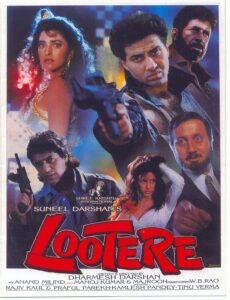RIGHTS OF MUSIC COMPOSERS AND LYRICISTS RECOGNISED : THE INDIAN MUSIC INDUSTRY
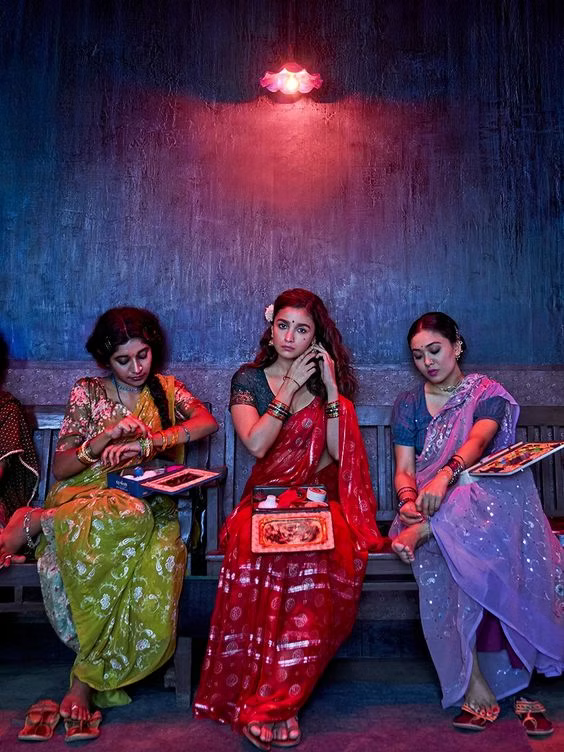
The Indian Music Industry in today’s times has reached heights, wherein it has become famous worldwide with every single person around the world listening to all types of Indian music. However, the lyricists and composers who play a significant role in the industry were being treated unfairly wherein the creators of films and sound recordings held the sole rights of the song they created. This has had the disastrous consequence of ensuring that all proceeds from any future uses of songs, including radio transmission, music streaming, ringtones, etcetera, end up in the bank accounts of the record producers or music labels who purchased these rights from the producers.
However, The Bombay High Court’s laudatory decision on April 28, 2023, has proved to be ‘Music to many ears’ wherein it gave the music composers’ and lyricists’ unresolved claims a seal of finality. In a joint ruling in Indian Performing Rights Society Ltd. v. Rajasthan Patrika Pvt. Ltd. and Indian Performing Rights Society Ltd. v. Music Broadcast Ltd., the court made it clear that after the 2012 amendment, making a sound recording available to the public will mean using the underlying musical and literary works contained therein. Therefore, when the relevant synchronized work (cinematographic film or sound recording) is made publicly available, the creators of those works are entitled to royalties, with the exception of situations when a cinematograph film is shown in a theatre. The proviso(s) to Sections 17, 18, and 19 (9) and (10) that were inserted by the 2012 amendment were understood by the court to give rise to this privilege.
Before analysing this case, it’s very important for us to understand that what was the Copyright (Amendment) Act, 2012:

The Copyright (Amendment) Act of 2012, which was enacted after parliamentary action in the form of the Copyright Amendment Bill, 2010, marked the beginning of the composers’ and creators’ rights to advantageous developments. By splitting the copyright law for lyricists and music composers into the pre-amendment and post-amendment eras, the amendment brought about a fundamental alteration in the situation. Sections 17, 18, and 19 of the Copyright Act of 1957 were amended to reflect this after the 2012 revision, and these changes together revived the status of creators as equals in the music business. This innovative shift is what allowed IPRS, a copyright society, to finally pay lyricists and composers a sizable fee of 13 crore. However, the interpretation and enforcement of these regulations were never without ambiguity. In order to claim ownership of the protection given to music composers and lyricists following the amendment, IPRS had to fight FM stations and producers on numerous occasions.
Since the amendment, the Bombay High Court decision analyzed below is the first to acknowledge this and put an end to all conjecture.
FACTS
The Indian Performing Rights Society (IPRS), a copyright society, and Music Broadcast Private Limited, a business that owns and runs the radio station ‘Radio City’, entered into a licence agreement in 2001 to use IPRS’s library of written and musical works for FM radio broadcast. Similar to this, the IPRS and Rajasthan Patrika Pvt. Ltd., which runs the radio station “Radio Tadka,” reached an agreement for radio broadcasting in 2006. In accordance with Section 31(1)(b) of the Act, the Copyright Board of India subsequently established an obligatory licencing fee for radio broadcasting. When deciding on applications submitted under Section 31D in 2010, IPAB established the royalty rate. The IPRS and the defendant corporations previously engaged in a legal dispute about the rights of authors of original works in the event that the general public learns of sound recordings that contain these original works.
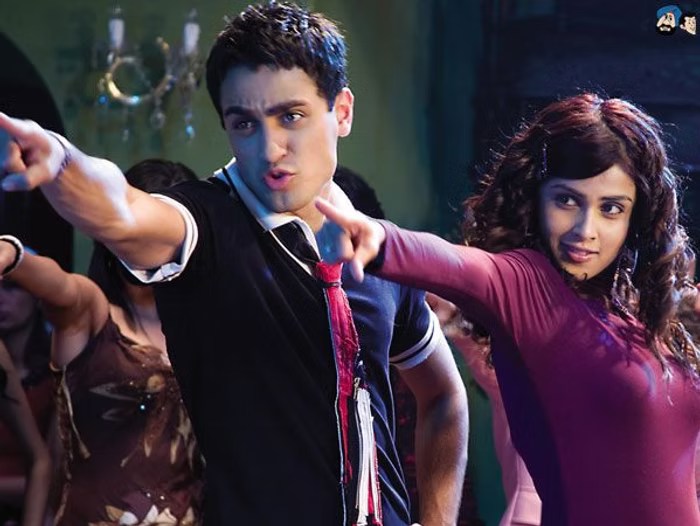
Separately, after the creation of the IPD, Entertainment Network India Ltd. petitioned the Delhi High Court for a status quo order and an adjustment of the statutory licence prices under Section 31D. In Entertainment Network India Ltd. v. Phonographic Performance Limited India and Anr, and Related Matters, the court made it clear that the IPAB order is still in effect even though there is an appeal pending. The court additionally noted that no payment for underlying works has been given since the IPAB judgement was passed and held that the Respondent (PPL and others) are entitled to use any available remedies if the IPAB order is not followed. Later, on October 6, 2021, the court released a notice to the public asking for ideas from parties interested in fixing royalty rates with regard to the underlying works.
As a response to this, IPRS claimed that the defendants were airing songs from its catalogue in a request for an interim injunction. According to IPRS, the Copyright Act underwent significant revisions addressing the rights of the authors of underlying works after 2012. On the other hand, the defendants contended that the 2012 amendment was only clarifying in nature and that since Sections 13 and 14 had not been changed, the adjustment to the other provisions could not have conferred any new substantive rights.
ISSUES
- Whether IPRS is entitled to royalties from the defendant corporations for broadcasting musical works to the general public via their FM radio broadcast channels.
- Whether the June 21, 2012-effective changes to the Copyright Act have any impact on the rights of original work creators when those original works are incorporated into publicly accessible sound recordings.
SUBMISSIONS
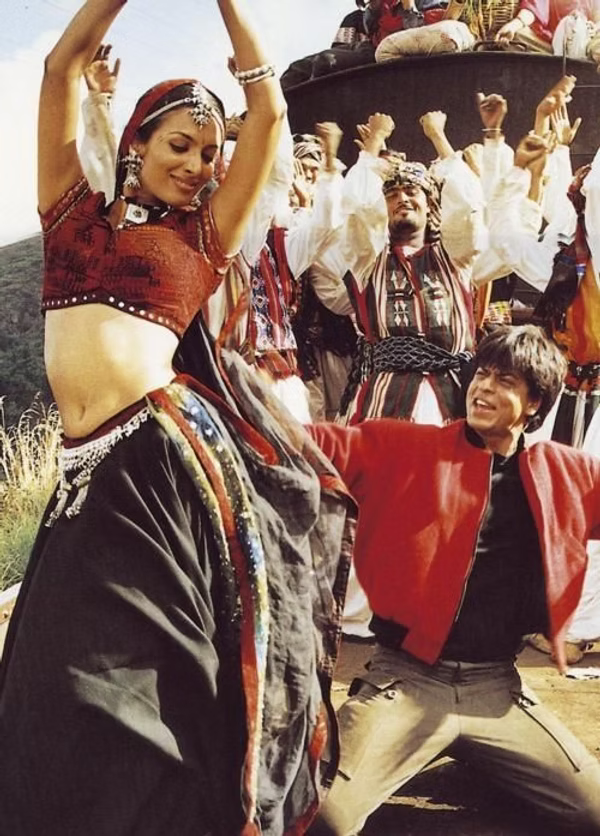
The IPRS presented convincing evidence to the court to show that the 2012 modification to the Copyright Act, which became effective on June 21, 2012, had significantly changed the Act’s framework and supported the assertions made in the legal actions and the petitions for temporary relief. The legal position established by the Supreme Court in its 1977 decision in the case of IPRS v. Eastern Indian Motion Pictures Association and others, which the Supreme Court and several High Courts later upheld, cannot be used against the IPRS, which is requesting interim relief in the current applications, according to the argument.
The Court was made aware of the changes to Sections 17, 18, and 19 of the Copyright Act by the IPRS. The Supreme Court determined in the case of IPRS vs. Eastern Indian Motion Pictures Association and others, as well as in subsequent decisions, that the provisions of the unaltered Copyright Act had been improperly interpreted by the Supreme Court and had erred against the rights of the authors of such underlying works. As a result, the revisions had the unintended consequence of overturning the legal precedent set by the unaltered Copyright Act.
The defendant corporations, on the other hand, argued that while the Copyright Act has undoubtedly changed since 2012, the majority of the amendments are essentially clarifications. The goal that the IPRS claims to support had not been attained, even if it were true that the amendments were enacted to increase the rights of creators of original works. The defendants further argued that since Sections 13 and 14 had not been altered and the 2012 amendment was simply clarifying in nature, it was impossible for the alteration to the other sections to have granted any new substantive rights.
ANALYSIS AND JUDGEMENT GIVEN BY THE COURT
The court adopted a straightforward approach. Importantly, the court stated that it was necessary to determine the nature of the revisions in light of the context in which they were introduced. The court examined the Statement of Object and Reasons of the Amending Act as well as the Report of the Parliamentary Standing Committee on the Copyright Amendment in order to reach this conclusion, and it found that these documents support greater protection of the rights of the creators of underlying works.
UNDERLYING WORKS COME TO PLAY:
Firstly, the court noted that the contentious ruling of the Supreme Court in IPRS v. Eastern Indian Motion Pictures Association remains reversed as a result of the amendment. According to the Proviso inserted to Section 17, the Producer’s ownership of the copyright in a cinematographic film and the Employer’s ownership on work produced in accordance with an employment contract have no bearing on the rights of an author of an original literary, theatrical, or musical work. The court accepted the IPRS’s argument that this proviso nullifies the impact of the 1977 Supreme Court ruling in IPRS v. Eastern Indian Motion Pictures Association, where the court stated that once the underlying works are incorporated into the cinematograph film, the author of the underlying works loses their rights as a result of Sections 17(b) and (c). The Supreme Court’s decision has drawn a lot of criticism for how it interpreted the law and had a significant impact on subsequent orders addressing related matters. The Parliamentary Standing Committee Report, which also made note of this by noting that “independent rights of authors of literary and musical works in cinematograph films are being wrongfully exploited by the producers and music companies and suggested for amendments to remove the infirmity,” was the source the Bombay High Court used for its interpretation.
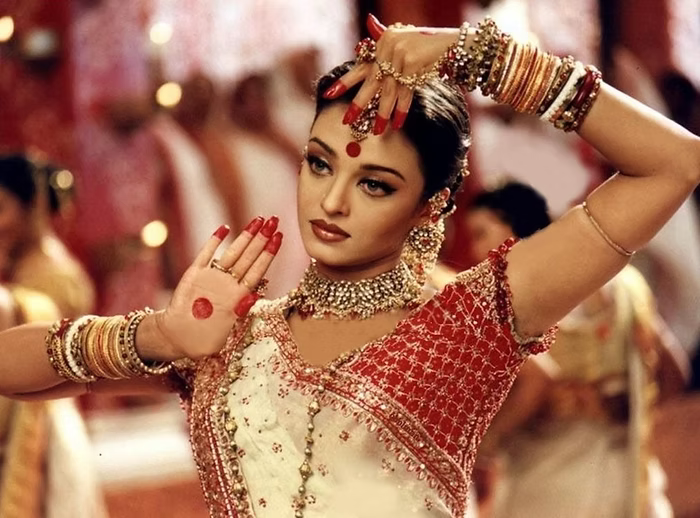
In response to the defendant’s claim that sharing the sound recording with the public violates Section 14(e)(iii)’s exclusive right and cannot be interpreted as using the underlying works, the court ruled that sharing the sound recording with the public does, in fact, use the underlying works because they are an integral part of the sound recording. The court ruled that even though Section 14(e)(iii) does indicate the defendant’s exclusive right to communicate to the public, such exclusive rights are subject to the “provisions” of the Copyright Act and on a joint reading of Sections 13(1)(a), Section 13(4), proviso to Sections 17, third and fourth proviso to Sections 18, and Sections 19(9) and (10) it was interpreted that the exclusive right to communicate sound recordings to the public is subject to the right of authors of underlying works to collect royalties. The court declined to agree that the right to earn royalties would be eliminated because the underlying works are included into the sound recordings, since such an interpretation would eliminate the rights provided to the authors of underlying works by the 2012 amendment.
ANSWERED THE QUESTION OF RIGHT TO RECIEVE ROYALTIES:
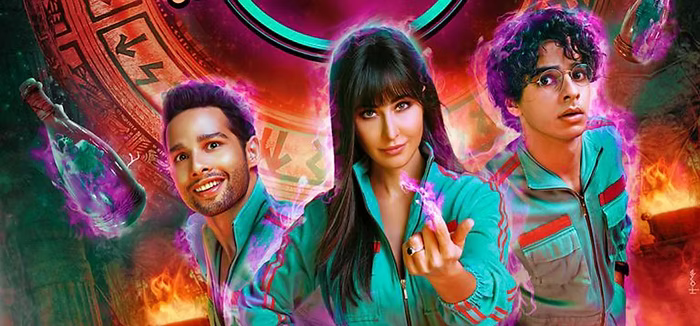
The nature of the “right to receive royalty” is another intriguing issue the court had to address. In a submission, Yash Raj Films (YRF), the plaintiff in business IP Suit 21 of 2021, claimed that the right to request royalties could not be categorised as a copyright. The ability to collect royalties under the proviso to Section 18 is another statutory privilege that does not result from copyright ownership, according to YRF’s viewpoint. According to Section 14, “copyright” refers to the exclusive right, under the terms of the Act, to carry out or authorize the execution of a certain course of action relating to the work. YRF cited Section 33(3-A) of the Act to support its claim that the proviso to this section specifically mentions the right to obtain royalties and copyright separately. The plaintiff had retaliated by saying that the entitlement to royalties was “nothing but a form of copyright.” Unfortunately, instead of directly answering the query, the Bombay High Court stated that the right to receive royalties is derived from the copyright and that the requirement to pay royalties cannot be avoided by arguing that such a right is not a “copyright.”
The court’s findings on radio broadcasts in India and the utilization of sound recordings from motion picture productions were another intriguing outcome. The third and fourth proviso to Section 18 r/w Sections 19 (9) and (10) will be in effect. The court noted that most sound recordings shared with the public through radio stations are a part of the cinematograph film while upholding the plaintiff’s assertion that she has made a strong prima facie case regarding her use of the underlying work.
FIXED THE RATE OF THE ROYALTIES:
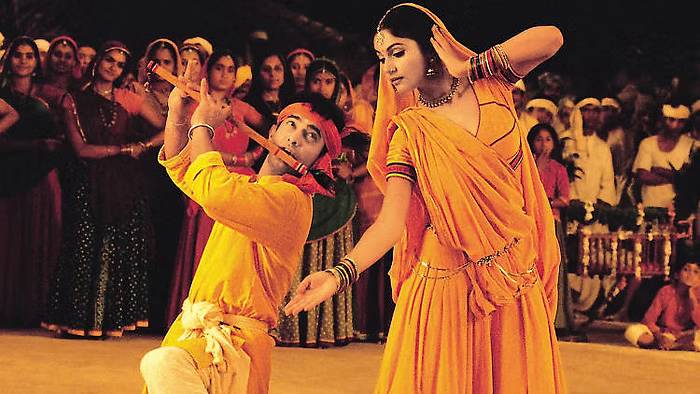
As a result, the court issued an interim injunction ordering Rajasthan Patrika Ltd. and Music Broadcast Ltd. to pay the plaintiff’s estimated royalties. The plaintiff IPRS can demand royalties “in terms of the quantum already determined in proceedings initiated in that regard and as per the rates currently in use as per orders passed in such proceedings, which may be revised in accordance with law during the pendency of the present suit,” the court further held. The court further explained that if the defendant doesn’t pay the royalties within six weeks of receiving these rates from the IPRS, the limits under the temporary injunction prohibiting the broadcast of music will take effect.
Hence, the decision certainly marks a new beginning for the rights of lyricists and music composers, who will now continue to profit from their works wherever they are used on new platforms. They would receive ongoing financial assistance as well as constant motivation to produce new works from a steady stream of royalties.
WORKING OF THE MUSIC ROYALTIES IN THE UK

The music industry’s vital component is music royalties. They are sums of money given to the author of a piece of music in exchange for the right to use it in various contexts. This means that the writer of a song is entitled to receive a royalty payment each time their song is played on the radio, streamed on a music service, or utilized in a movie, TV show, or advertisement. For musicians and songwriters to be financially successful, these royalties must be collected. It would be difficult for them to support themselves through their creative activity without these payments. The performing rights organizations (PROs) and Collective management organizations (CMOs), sometimes known as collection societies in the UK, are responsible for collecting royalties on behalf of music creators and users. International royalties can be collected and distributed thanks to reciprocal agreements that collection societies in the UK have with groups of a similar nature all over the world. This guarantees that creators and rights holders in the UK are paid royalties for their works played or performed abroad, and vice versa.
RIGHTS OF LYRICISTS AND MUSIC COMPOSERS IN US
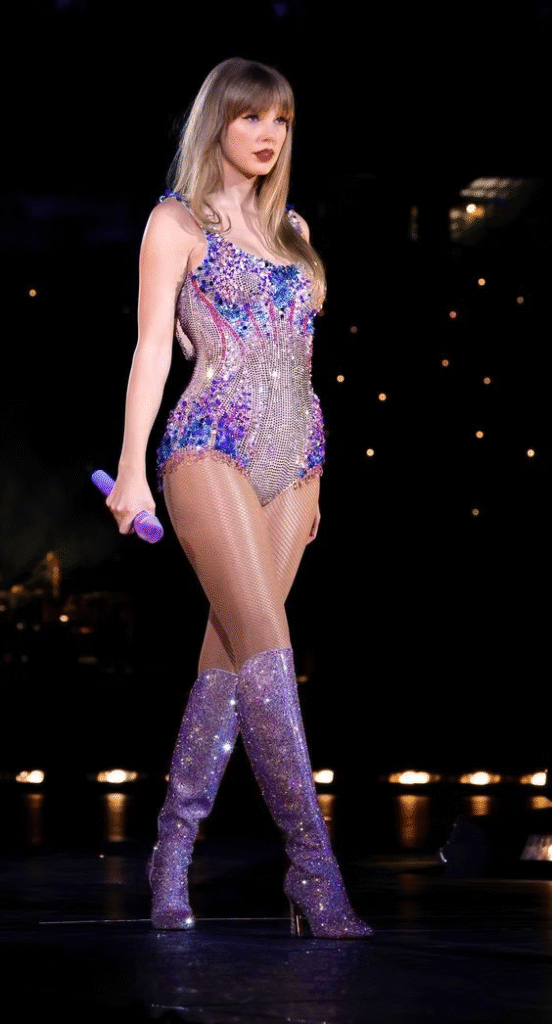
In the US, the songwriters and recording artists assign their rights to a third party for management as opposed to individually monitoring the use of their work and pursuing reimbursement on their own. Music publishers typically receive song copyrights, whereas record labels typically receive master recording copyrights. A music publishing firm, which permits licensing of the copyright to record labels, digital streaming services, and other parties that seek to utilize the work, receives some or all of the copyright interest that songwriters and composers have previously owned. In the US, mechanical and performance royalties are typically shared 50/50 between publishers and songwriters. Some independent artists, however, choose not to cooperate with record labels and retain the rights to their creations. Instead, they use platforms like Spotify for Artists or content aggregators to upload their work. This indicates that they retain complete ownership of their rights and all cake pieces.
The American Music Fairness Act, introduced in 2021, establishes a new music royalty for FM and AM over-the-air radio stations. For the public performance of sound recordings, a mechanical fee would be due to Sound Exchange, a Performance Rights Organization (PRO) that assists in the collecting and payment of mechanical royalties. This means that recording artists and record companies would receive payment from PROs for the use of their recorded tunes. In addition to the royalties already paid by radio stations to songwriters and publishing houses via ASCAP, BMI, SESAC, and GMR for the performance of the musical composition—the lyrics and music of a song—this new fee would also be paid by radio stations.


